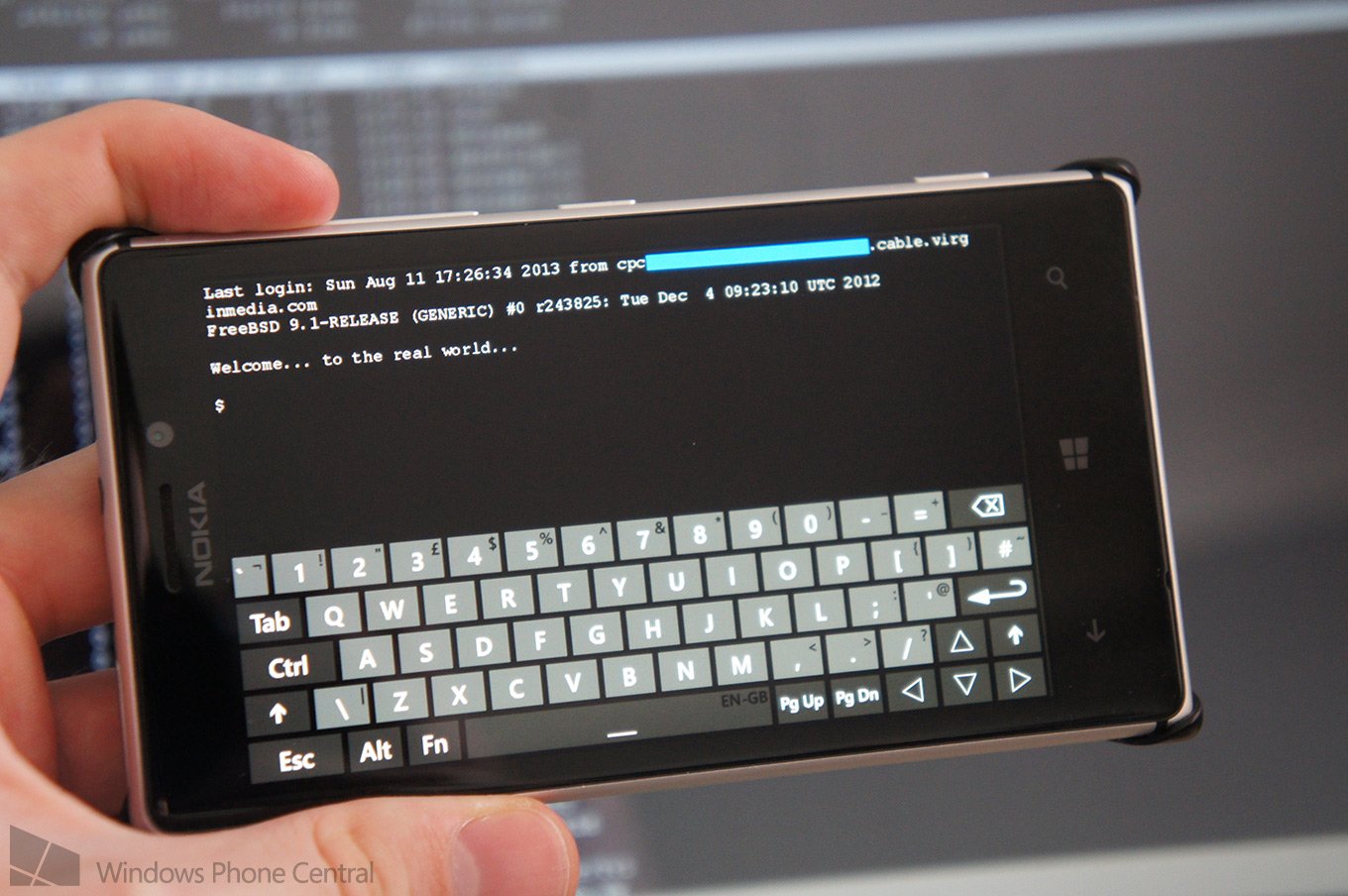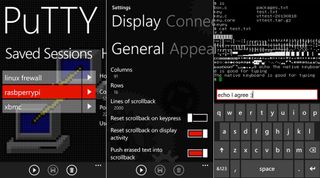SSH client PuTTY moves into closed beta; available on the Windows Phone Store

The popular telnet/SSH client for Windows, PuTTY has finally gone into closed beta for Windows Phone. Should you be on the beta list from when we last covered the app being in development, you'll be able to get a first look at what's coming to the mobile platform. For those who aren't sure what PuTTY does, the app essentially enables you to connect to remote machines through a terminal.
With PuTTY being in beta as we speak, we can't see it being long for the testing phase to complete and the app be published for everyone to download. Pass the break for some details and screenshots.
You can already check out multiple apps available on the Windows Phone Store for SSH connectivity (some commercially available), but to have such a well-known, free client developed for Microsoft's mobile platform will bring Windows Phone up to the level of its desktop sibling. What we know so far is the app will utilise a customised on-screen keyboard for input and will perform pretty much as you'd expect.

This unique keyboard (as shown above in landscape mode) will include more keys than what's present in the system counterpart (see portrait screenshots), enabling users to perform commands and actions in a terminal that isn't possible with the default Windows Phone keyboard. The best part about PuTTY is the Windows Phone app will also be free, allowing you to get connected to your remote computers at no extra cost.
We'll monitor the beta testing and will alert you as to when the app is finally available for download. Want to get involved in the testing phase itself? Be sure to drop the developer (putty@nogsnet.com) an email for beta access. If you're already on the beta program, download PuTTY from the Windows Phone Store (or use the QR code below).

via: WP7Forum
Get the Windows Central Newsletter
All the latest news, reviews, and guides for Windows and Xbox diehards.

Rich Edmonds was formerly a Senior Editor of PC hardware at Windows Central, covering everything related to PC components and NAS. He's been involved in technology for more than a decade and knows a thing or two about the magic inside a PC chassis. You can follow him on Twitter at @RichEdmonds.